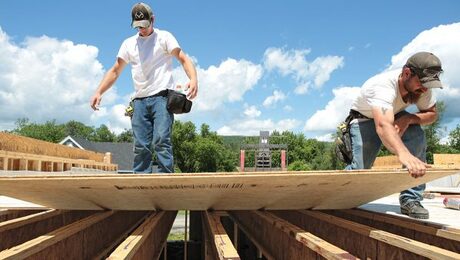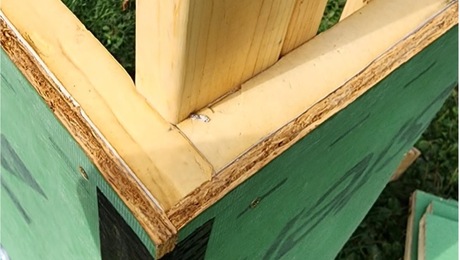ERV Performance
i was checking out a few different brand of ERVs thru HVI.ORG site. I am interested in around 120CFM size. What I find confusing is, they are all tested at different CFM/SRE, how do I compare one from the other for efficiency. Thx
GBA Detail Library
A collection of one thousand construction details organized by climate and house part









Replies
The sensible heat recovery efficiency, wattage, and price are the main parameters that you should be using to rank them.
Before you spend your money consider that the laws of physics say with less than 20° deference between the incoming and outgoing airs streams almost zero energy gets exchanged.
What percentage of the time do you have 40° differential if you live north of the artic circle you might get to 60%.
Walta
What climate zone are you in?
The two most efficient at high/lower cost are the ones below, but note that the Zehnder's air flow rate are higher at their stated 92% efficiency.
Zehnder CAQ350 HRV
RenewAire EV Premium L
Efficiency falls off rapidly as you increase air flow. So at 120 CFM, you'll do better with ERVs rated for higher flow (say 200 CFM) as they will have larger cores. Larger core, lower airflow will result in better efficiency. I asked your climate zone as the outside temps will determine how "costly" the ERV will be to run in terms of make up heat. For example, if temps are hitting -20 C, then efficiency is worth maximising as you'll be adding make up heat to the fresh air flow for longer periods during the year, at a fairly high BTU/watt value.
My system dynamically adjusts make up heat via two PTC heaters, that I have real time performance data on with respect to power use. So when temps drop towards the freezing mark outside, ERV/HRV temperature efficiency really plays into how many watts are being used to bring fresh air to 19-20 C (68 F). If your temps are more moderate, the energy equation changes significantly and efficiency will have less impact on actual energy use in your home.
With my system, (using an older Venmar HRV core) efficiency is great at 50 CFM, near 80%, but drops to about 67% at 110 CFM. I have sensors on the four air streams, so the automation system spits out efficiency values real time.